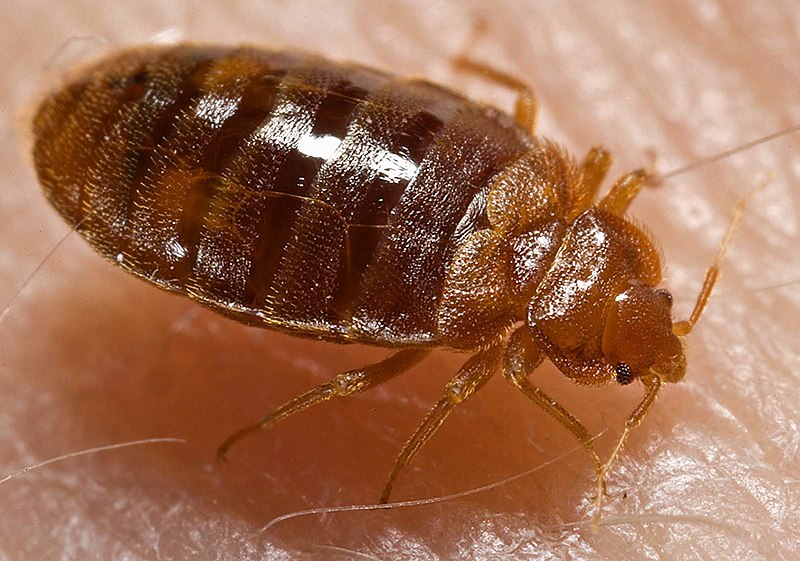Fichier:Bed bug, Cimex lectularius.jpg

Gréisst vun dëser Duerstellung: 800 × 561 Pixel. Aner Opléisungen: 320 × 224 Pixel | 640 × 449 Pixel | 1.024 × 718 Pixel | 1.280 × 898 Pixel | 1.600 × 1.122 Pixel.
Original-Fichier (1.600 × 1.122 Pixel, Fichiersgréisst: 161 KB, MIME-Typ: image/jpeg)
Versiounen
Klickt op e bestëmmten Zäitpunkt fir déi respektiv Versioun vum Fichier ze kucken.
| Versioun vum | Miniaturbild | Dimensiounen | Benotzer | Bemierkung | |
|---|---|---|---|---|---|
| aktuell | 14:11, 17. Mee 2007 |  | 1.600 × 1.122 (161 KB) | Patho | == Summary == {{Information |Description=ID#: 9822 Description: This 2006 photograph depicted an oblique-dorsal view of a '''bed bug nymph, Cimex lectularius''', as it was in the process of ingesting a blood meal from the arm of a “voluntary” human h |
Benotze vu Fichieren
Dës Säit benotzt dëse Fichier:
Globaalt Benotze vum Fichier
Dës aner Wikie benotzen dëse Fichier:
- Benotzt op af.wikipedia.org
- Benotzt op an.wikipedia.org
- Benotzt op ar.wikipedia.org
- Benotzt op arz.wikipedia.org
- Benotzt op ast.wikipedia.org
- Benotzt op azb.wikipedia.org
- Benotzt op be.wikipedia.org
- Benotzt op bg.wikipedia.org
- Benotzt op bjn.wikipedia.org
- Benotzt op bn.wikipedia.org
- Benotzt op bs.wikipedia.org
- Benotzt op ca.wikipedia.org
- Benotzt op ca.wiktionary.org
- Benotzt op ceb.wikipedia.org
- Benotzt op cs.wikipedia.org
- Benotzt op cv.wikipedia.org
- Benotzt op dag.wikipedia.org
- Benotzt op de.wikibooks.org
- Benotzt op din.wikipedia.org
- Benotzt op el.wikipedia.org
- Benotzt op eml.wikipedia.org
- Benotzt op en.wikipedia.org
- Benotzt op en.wikinews.org
- Benotzt op en.wiktionary.org
Kuckt globale Gebrauch vun dësem Fichier.

